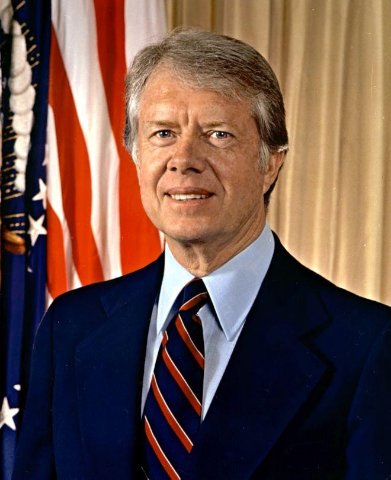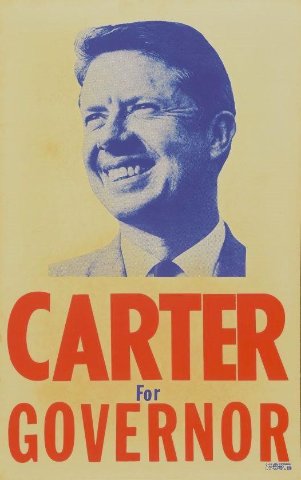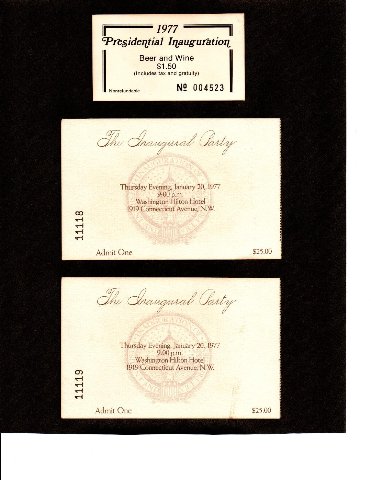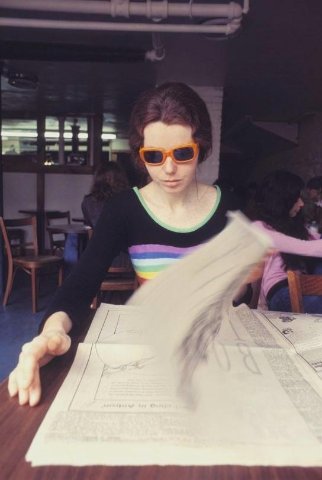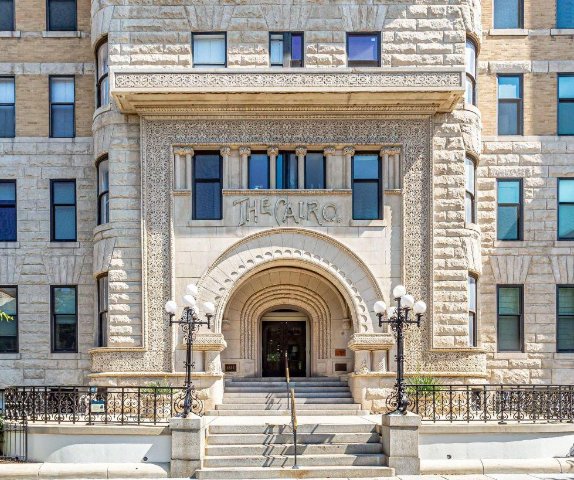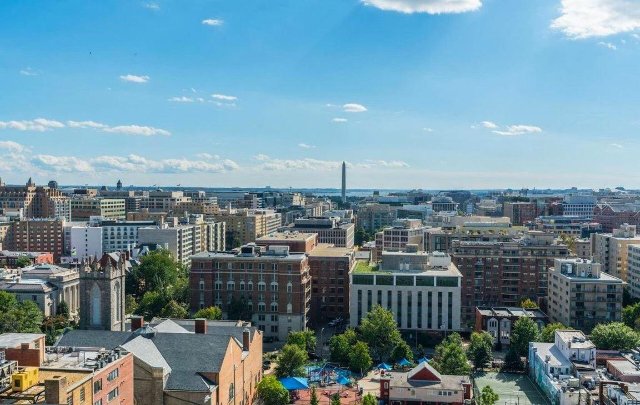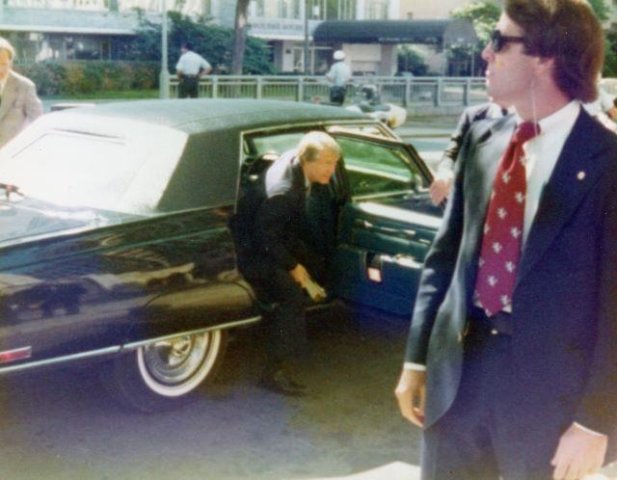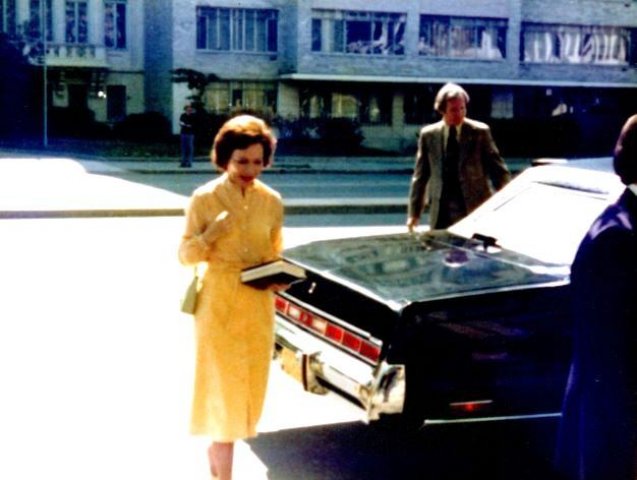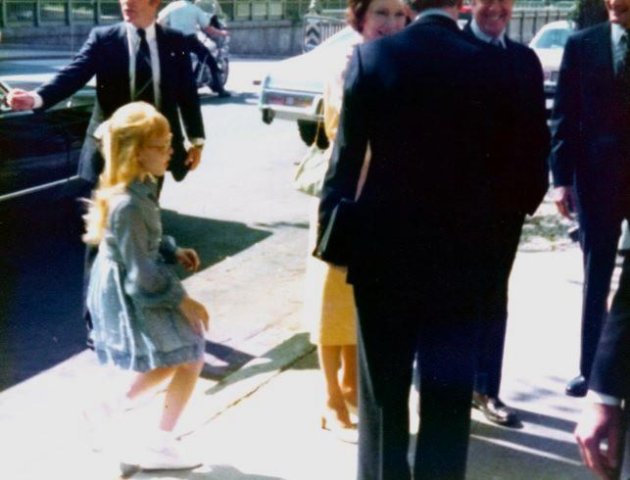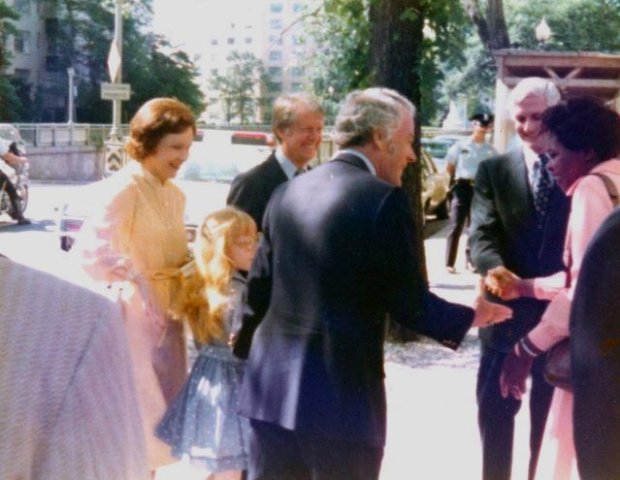Jimmy Carter and The Cairo
Looking at Old Snapshots
By: Steve Nelson - Dec 05, 2023
It was something we rarely did, but my wife Jan and I were watching TV in the middle of the day. It was January 20, 1977. We were tuned to the inauguration of James Earl Carter Jr. as the 39th President of the United States.
We had been longtime supporters of Carter’s candidacy, and had tickets for one of the inaugural balls that evening. We looked forward to catching a glimpse in-person of Jimmy and First Lady Rosalynn. We admired their relationship. It was obvious they shared a deep love. So did Jan and I.
Almost three years earlier, in a letter to the editor published in The New York Times on February 21, 1974, I wrote that presidential politics was overly dominated by Senators: Kennedy, Nixon, Johnson, Goldwater, Humphrey, McGovern. I argued that we needed more executive experience in the Oval Office, and concluded that “the voting public and the nominating conventions would do well to give greater consideration to state governors as viable Presidential candidates in 1976.”
I soon became aware of an obscure Governor of Georgia who was expressing an interest in running for president. I was intrigued by this former naval officer, nuclear engineer and peanut farmer/businessman. I thought that in the 1976 election he could hold onto the southern states that had long been democratic strongholds but were slipping away to the Republicans.
At the time the Patisserie Francaise was the hangout for the hip and arty crowd around Harvard Square. It was a place to quietly read the paper or hold boisterous conversations, while sipping strong cups of French coffee, along with chef/owner Maurice LeDuc’s incomparable croissants and pastries.
Politics was often a topic for discussion at the Patisserie, and I began to talk up Jimmy Carter for president. My lefty friends, who had supported McGovern, thought I was crazy. Jimmy who? Some redneck from Georgia? Man, you’re smoking too much pot. On December 12, 1974, Carter announced his candidacy.
And now here Jan and I were, watching his inauguration. We had just moved to Washington, along with our dog B.B. I was in DC leading a consulting project for the Small Business Administration. Jan was doing research at the National Archives for a book she was writing called The Memoir of a Female Soldier, about a young woman named Deborah Sampson who disguised herself as a man and served in the Revolutionary War.
As the inaugural ceremony came to an end, we watched on TV the customary salute from guns and cannons, sending up a cloud of smoke. Glancing out a window of our apartment, we could see the smoke rising above Capitol Hill. Back on the tube, former President Gerald Ford boarded a helicopter to take him to Andrews Air Force Base and a flight into civilian life. Then we saw the helicopter through the window as it flew right past us.
Our apartment was on the top floor of a 12-story building near Dupont Circle, built in 1894 and called the Cairo, its exterior done in a vaguely Egyptian revival architectural style. Originally a center of DC society, by the 1960s it had fallen into disrepair and disrepute as the home to drug addicts, prostitutes and feral dogs, but it was fully restored in 1972. When I went to look at apartments available there, I was told they had units on the second and twelfth floors. I never bothered to look at the second floor one.
Luckily, they allowed tenants to have dogs. B.B. was right at home, because in the 1960s he had been feral, living on the streets of Boston. Then one night in 1968 he wandered into a rock club I was running, The Boston Tea Party. I adopted him, and he became a constant companion to me and then Jan when she came into my life.
The Cairo was a few miles from the Capitol Hill, but being the tallest building in DC other than the Capitol itself, we could see the white dome from our new apartment. Washington had a strict limitation on the height of buildings, and it’s all because of the Cairo.
In 1893 the developer of the Cairo attended the Chicago World’s Fair, known as the Columbian Exposition. There he learned of a new construction technology. Until then buildings were supported by their walls, which became impractically thick at the base when the building exceeded a few stories. But now, buildings could use the new “curtain wall” construction, in which an iron and steel structure of virtually any height would support veneer walls hanging off it. That’s what made the Cairo possible, and the skyscrapers which sprung up in the 20th century.
People living in the immediate vicinity of the Cairo feared that its walls would fall off and crush them, or that the structure would corrode and collapse. They demanded that somebody do something to stop more high-rise development. In response, the federal Height of Buildings Act of 1899 and city zoning regulations limited building heights in the District to 130 feet. They remain in effect today, making Washington the nation’s only low-rise city.
The Cairo, at 164 feet, stood as the only exception, other than the Capitol. “No apartment house has had a more lasting impact on the development of the nation’s capital,” wrote author James M. Goode in his definitive history of Washington’s apartment buildings, Best Addresses. Around the turn of the 20th century, renamed the Cairo Hotel, its guests included F. Scott Fitzgerald, Thomas Edison and former Queen of Hawaii Liliuokalani.
From our aerie Jan and I had sweeping panoramic views of Washington. We could also tell whether or not the Carters had gone to Camp David for the weekend. When they stayed home in the White House, they attended services on Sunday at the First Baptist Church, just a few blocks from the Cairo. Before they arrived, we could see Secret Service snipers taking their positions on the rooftops we overlooked.
When we had guests for the weekend, as Charles Giuliano once was, and we saw the snipers on Sunday morning, we’d take them over to the church just before services began. Then the presidential limousine would arrive and Jimmy, Rosalynn and nine-year-old Amy would get out and go into the church. There were very few people around, so it was easy to take some snapshots of the First Family. I didn’t think about it, but the whole time we were outside the church we were in the crosshairs of sniper rifles.
We went back to the apartment for another cup of coffee. We knew when the Carters departed after services, because we could see the snipers withdraw. Later that afternoon Charles and I went out to see the sights. What should drive by as we walked near the White House but the presidential limo. Amy, sitting in the back seat, looked at us out the window and waved.

